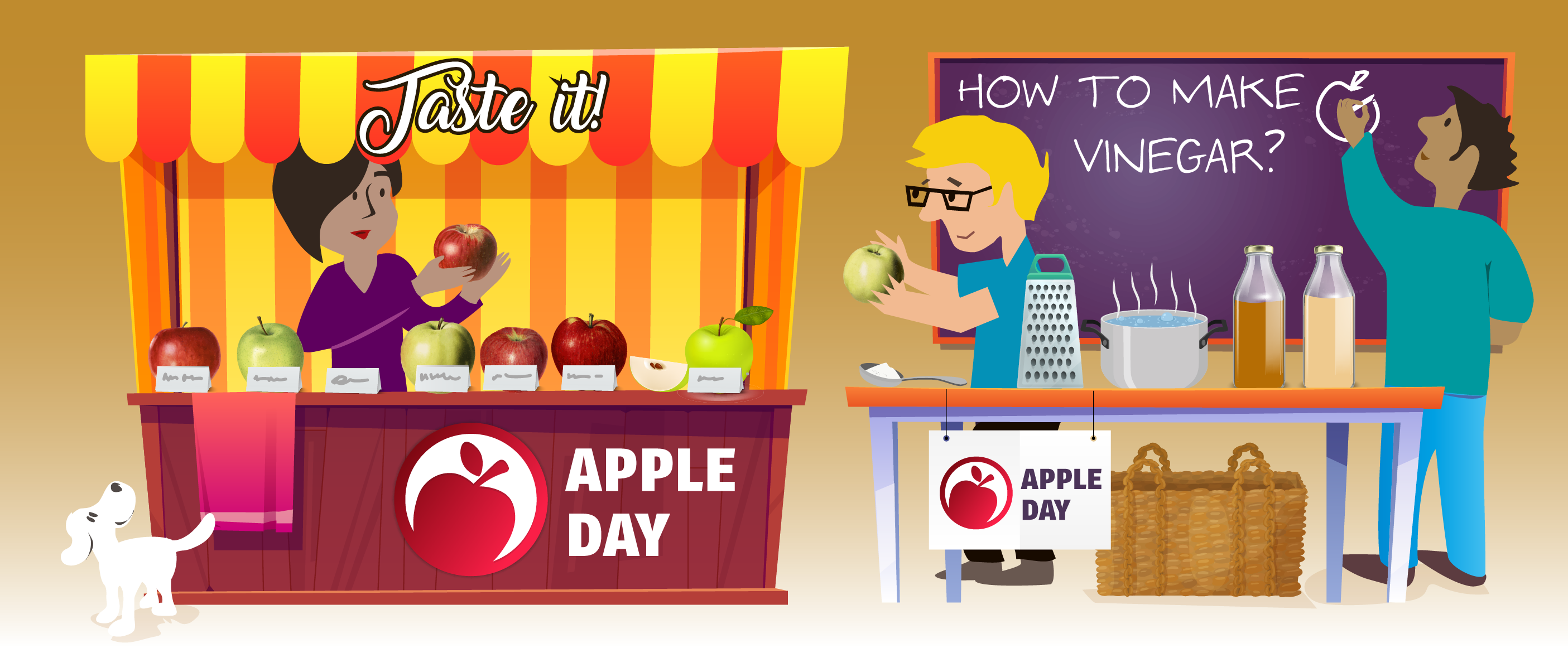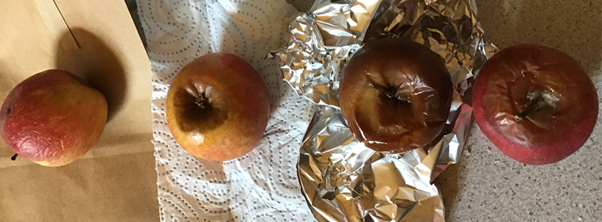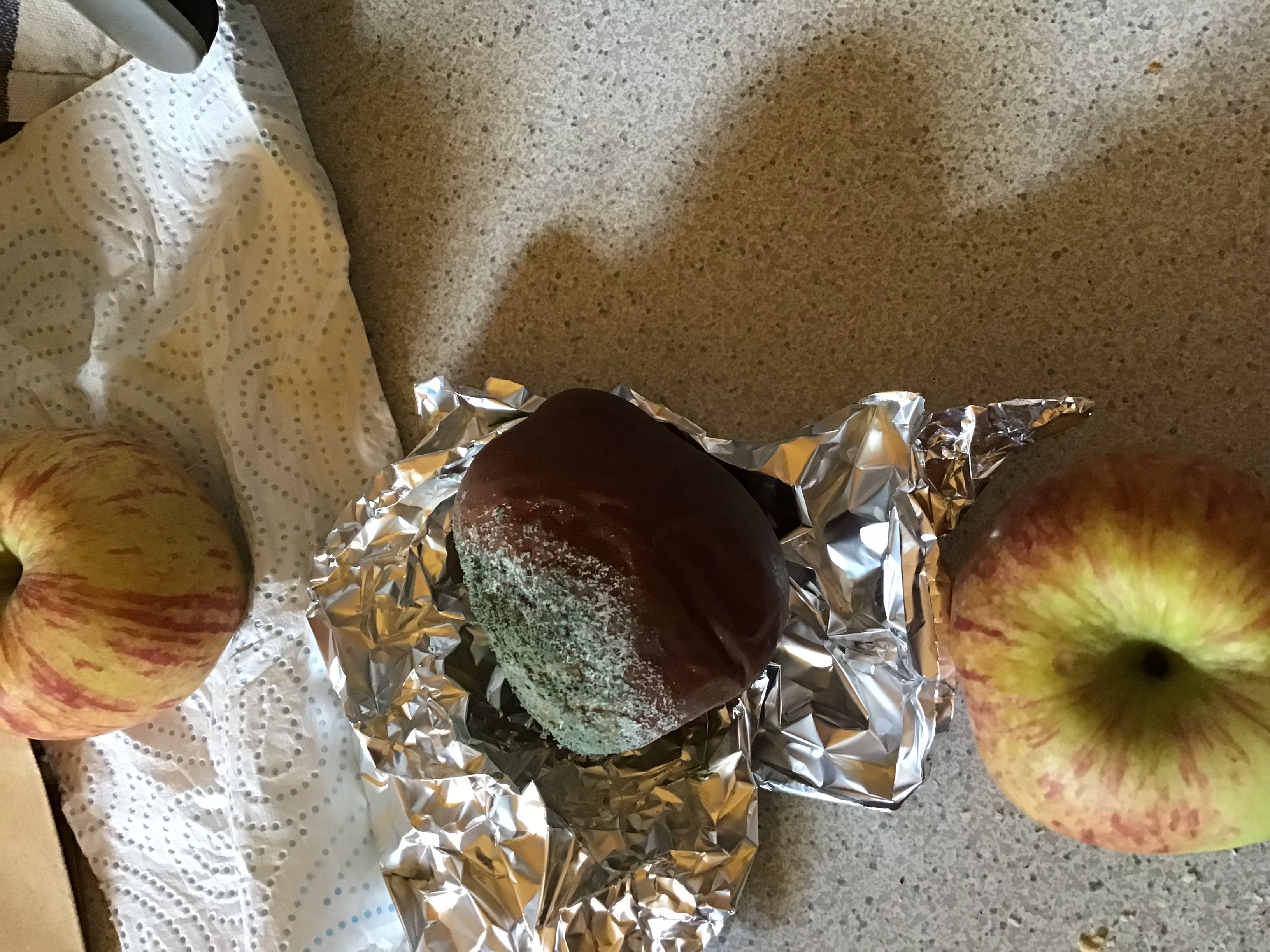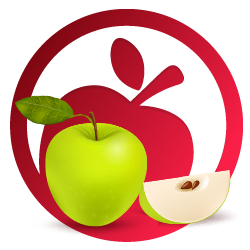Apple Storage

Overview
Overview
Keywords: biotechnological use (fermentation, preservation, oxidation); how to store (glass, paper, plastic)
Disciplines: biology, home economics
Age level of the students: 4-17
Time frame: dependent on the activity
Partners: the local community, local apple growers, local farmers, local supermarket
![]()
Preventing apples from browning
In this lesson, students scientifically investigate how different substances can affect the browning of cut apples and they discuss this. They will need at least two hours for the investigation and one hour for discussion.
Please note that not all apples brown equally. Before the investigation, choose apples of different varieties and test which variety browns the most.
The activity is recommended for students of 4 years and older.
Start with a motivation
- The teacher cuts the apples, the students observe what happens. They can try the taste of the apple and compare with the apple that is not yet brown.
- The students answer the question whether they like brown apples and explain why.
- The teacher announces a science competition call for ideas, which looks for a scientist who has the best solution to prevent apples from browning. You can find the competition call worksheet as PDF here and as word file here.
First task for students
- The students are divided into groups and do a scientific investigation. They use instructions on the worksheet Scientific investigation: Browning apples. You can find the worksheet as PDF here and as word file here.
Second task for students
- The students present their results using the work sheet. The teacher guides the discussion among the students.
- For the discussion the teacher can also choose some questions from the worksheet Scientific investigation: Browning apples.
Next challenge
- Declaring the winner of the competition.
Decaying apples
In this lesson, students do a scientific investigation and find out how to prevent apples from decaying.
The activity is recommended for students of 4 years and older.

Start with a motivation
How can we stop apples from decaying?
- Students create a comparative test, whereby they use their observation skills to create a table of results and discover patterns.
- What do the children already know about apples?
- Where do the apples come from? How do they get to the students' homes?
If we slice an apple, what happens?
- A chemical reaction takes place with the flesh of the apple and the oxygen in the air. The skin of the apple stops the oxygen from getting to the flesh.
- The apple oxidises and begins to go brown. Some apples go browner than others, some go browner quicker.
How can we investigate apples and stop them from decaying?
- The local supermarket wants to know the best way they can keep apples for longer, once they get into the store. You are a food technologist and will plan a comparative investigation.
- Which investigation will you choose? Whole apples and storing them, or preventing slices of apple from going brown?
- They are both observations over time – but the whole apples will take weeks, slices going brown may only take a few days.
Task for students
What do we need?
- Different types of apples
- Cups to store the apples
- Knife and chopping board to cut the apples into slices if using slices and/or
- Whole apples for storing
- Resources for storing the apples – cling film, aluminium foil, kitchen roll, brown paper.
- Possible resources for storing apple slices: lemon juice, apple juice, water, milk, salt
How can we stop whole apples from decaying?
- Choose the same type of apple.
- Decide where the apples can be stored.
- Will the light make a difference? One in the dark, one in the light.
- Will the temperature make a difference? One in a cold place, one in a warm place.
- Will the air conditions make a difference? One in the damp, one in the dry place.
- Will the material that the apples are wrapped in make a difference? Cling film, foil, brown paper, plastic.
How can we stop slices of apple from going brown?
- Cut equal slices of apple from the same type of apple.
- Place each one in a cup, take suggestions from the children and allow them to set up their own comparative investigations.
- Leave one in the cup as a control
- Add milk to cover the apple
- Add water to cover the apple
- Add water with lemon juice to cover the apple
- Add apple juice
- Add salt to cover the apple
- Children decide what time and how to record their results. This is just a suggestion.
- What happened? Why do you think this happened?
|
|
5 mins |
30 mins |
1 hour |
2 hours |
3 hours |
4 hours |
1 day |
|
Control |
|
|
|
|
|
|
|
|
Apple in water |
|
|
|
|
|
|
|
Results
- In this investigation, the apple stored in the aluminium foil decayed the most, there was more decay than the control apple. The one that decayed the least was the one stored in brown paper. However, we only did the investigation once.
- What do you think? Will you have the same results as us?
- Are these results reliable? How many times should we do this investigation to ensure that the results are reliable?

Next challenge
Which type of apple is the best for storing?
- Once you have found an answer to which conditions and what wrapper will stop the apples from decaying, you can investigate if there is a type of apple that stores better than the others.
Ideas for investigations
- Are local apples better for storing?
- Will apples that have travelled a long way decay quicker than home grown apples?
Authors of An Apple a Day Keeps the Climate Okay: Sarah Eames (GB), Renata Flander (SI), Dagmar Isheim (DE)
Share this page


